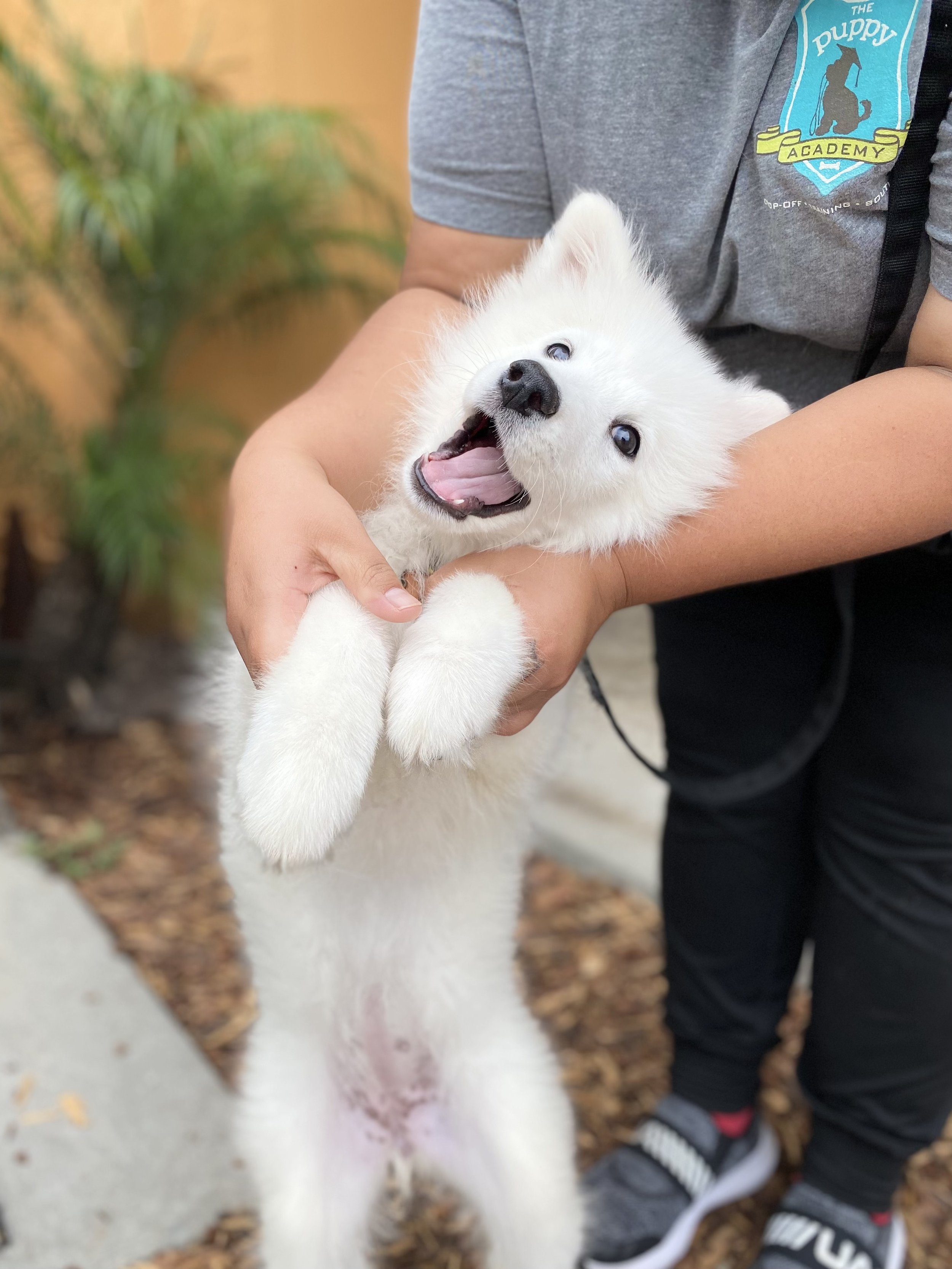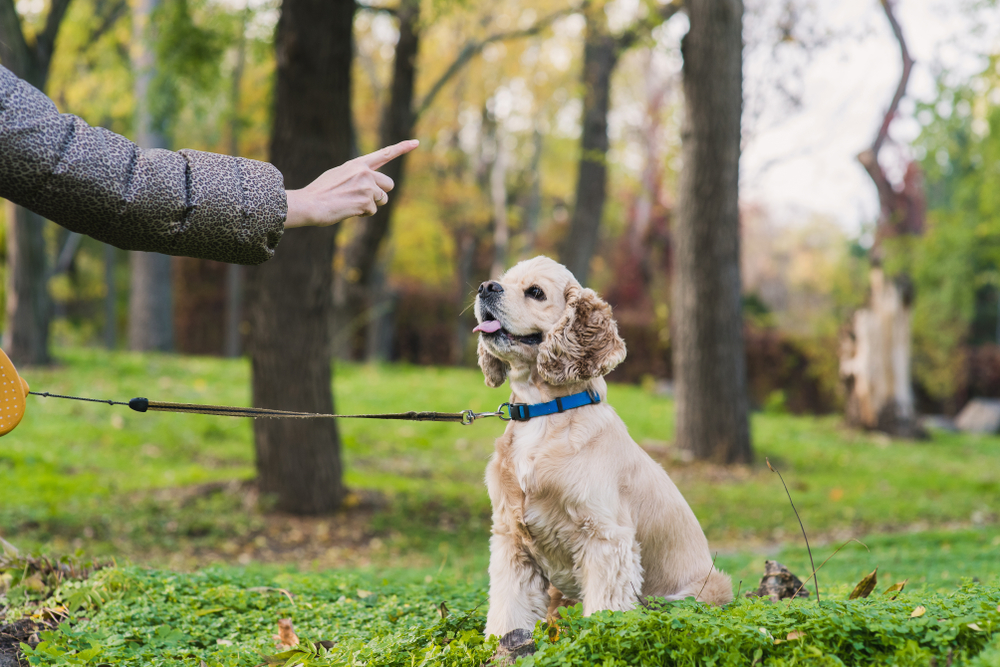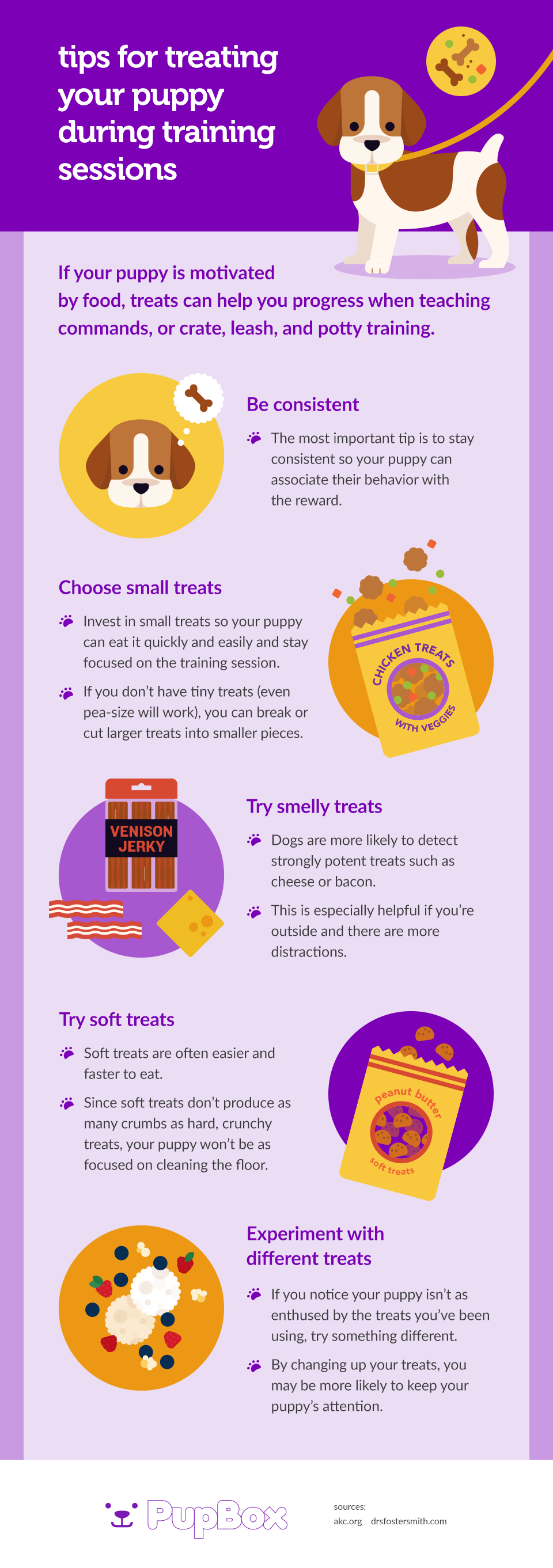Leading Young Puppy Training Methods to Make Sure a Well-Behaved Family Pet
Effective young puppy training is critical for growing a well-behaved buddy, and numerous methods can dramatically influence a pet dog's advancement. Among these, positive reinforcement stands out as a fundamental method, promoting trust and encouraging desirable actions. Consistency in commands and early socializing are equally important, laying the groundwork for a well-adjusted pet. In addition, the functions of cage training and chain rules can not be neglected. As we check out these approaches even more, it becomes clear that the success of pup training rests on a combination of techniques that can transform your pet dog's habits in remarkable means.
Favorable Support Methods
Making use of positive reinforcement strategies is vital for effective young puppy training, as it urges desired habits via rewards instead than punishment. This technique profits from the all-natural learning processes of canines, enhancing great behavior by giving tangible and instant benefits, such as deals with, appreciation, or playtime. By associating favorable end results with specific actions, young puppies are more probable to duplicate those actions in the future.
Effective positive reinforcement involves timing and uniformity. Incentives ought to be given quickly after the wanted behavior strikes produce a clear link in the pup's mind. Furthermore, differing the sorts of incentives can preserve a puppy's interest and motivation throughout the training procedure. Some pups may respond better to verbal praise while others might choose a favored plaything or reward.

Uniformity in Educating Commands
Maintaining uniformity in training commands is vital for enhancing the lessons found out via favorable reinforcement methods. Pets flourish on regular and predictability, so utilizing the very same spoken commands and hand signals for particular behaviors is essential. This harmony aids puppies comprehend what is expected of them, lowering confusion and irritation for both the family pet and the trainer.

Timing also plays a substantial duty in consistency. Commands need to be delivered quickly throughout training sessions and followed quickly by favorable reinforcement, such as deals with or praise. This prompt response aids solidify the association between the command and the wanted actions.
Incorporating uniformity into training sessions will certainly develop a stable knowing setting, promoting quicker proficiency of commands. Inevitably, a well-structured strategy cultivates a strong bond between the pup and its proprietor, leading to a more well-behaved and loyal pet.
Socializing With Various Other Animals
Socializing with other pets is vital for a puppy's advancement, as it helps them learn suitable actions and communication abilities in diverse social contexts. Very early communications with various pets can dramatically influence a pup's temperament and adaptability in different situations. When young puppies are revealed to a official website range of family pets, they become more positive and less afraid, which can prevent potential behavior problems later in life.

Educate your puppy to identify signals from other family pets, such as indications of playfulness or pain, fostering common respect and understanding. Routine socialization not only boosts your puppy's social abilities yet also adds to their total wellness, creating a much more unified living atmosphere.
Dog Crate Training Benefits
Identifying the numerous benefits of pet crate training can greatly improve both the puppy's and owner's experience. Crate training supplies a protected and secure environment for pups, guaranteeing they feel safeguarded when laid off. This complacency can dramatically minimize anxiety and anxiety degrees for both the owner and the pet dog.
Additionally, cages offer as a useful house-breaking tool. Young puppies naturally prevent dirtying their resting area, thereby encouraging them to hold their bladder till they are allow outside. This impulse can speed up the house-training process, fostering good routines early.
When without supervision,Crate training also assists in managing a young puppy's habits - puppy training. By supplying a marked space, proprietors can prevent devastating actions, such as chewing on furniture or getting involved in unsafe compounds. Moreover, cages can be useful during travel, using a familiar room that can aid soothe a puppy in brand-new settings.
Finally, establishing a pet crate regular urges independence, permitting young puppies to learn just how to be alone without concern. Generally, cage training is an efficient method for advertising tranquility, security, and discipline, causing a well-adjusted, mannerly pet dog.
Leash Training Essentials
Leash training is a fundamental facet of responsible family pet possession that guarantees a enjoyable and risk-free home strolling experience for both the young puppy and its proprietor. Appropriate chain training starts early, preferably during the young puppy's socializing period. When out in public., this training aids develop great habits and advertises favorable actions.
To start, pick a comfy collar or harness that fits your young puppy well. Connect a tough chain, guaranteeing it is not also long, as this can result in pulling and irregular habits. Beginning in a peaceful environment to minimize interruptions and progressively introduce your young puppy to new surroundings.
Usage favorable reinforcement methods, such as treats and praise, to encourage your puppy to walk next to you. If your puppy pulls, stop walking and wait for them my sources to return to your side before continuing.
In addition, incorporate brief training sessions with fun interruptions to build your pup's focus. With dedication and determination, leash training will lead to an accommodating friend, making walks enjoyable for both the owner and the puppy.
Conclusion
In final thought, utilizing reliable puppy training methods is essential for establishing a mannerly family pet. Generally, these techniques collectively promote a harmonious connection between pups and their owners.
As we check out these techniques even more, it comes to be clear that the success of puppy training hinges on a combination of methods that can transform your family pet's behavior in amazing means.
Using favorable support methods is crucial for efficient young puppy training, as it encourages wanted habits with rewards instead than penalty.Crate training also helps in managing a pup's habits when without supervision.Leash training is a fundamental element of accountable pet possession that makes certain a satisfying and risk-free walking experience for both the pup and its owner.In conclusion, using efficient young puppy training techniques is important for developing a mannerly animal.
Comments on “Puppy Training 101: How to Start Teaching Your New Pup Right Away”